Investing During The Pandemic: What To Know
Share the post
Share this link via
Or copy link

Source: AlexanderFord / Getty
AMC theaters, one of the largest entertainment groups in America, reported their stock price was down 50 percent in August of 2020, compared to August of 2019. AMC is a massive corporation with backup funds, so their fate doesn’t bode well for smaller companies. In fact, one survey found 90 percent of independent entertainment venues may close permanently due to the pandemic. Imagine having been an investor who primarily put money into movie theaters and entertainment venues, right before the pandemic struck. There was some common understanding of recession-proof industries before. There were investments that were “safe.” But when a virus causes that recession, many of the rules change.
Consider this: during our last recession, people were flocking to the movie theaters. It was a reasonably affordable way they could treat themselves when, financially, times were tough. Now, walking into that enclosed space with recycled air and tightly-packed seats is enough to give someone a panic attack. When the fear of getting sick and possibly dying stands in the way of nearly every monetary decision people make, they make fewer moves. They go to fewer places. As a result, some stocks plummet, but some rise. Investment patterns have and may continue to take some sharp turns. Here’s a look at changes that have happened, and may happen, in investment patterns.
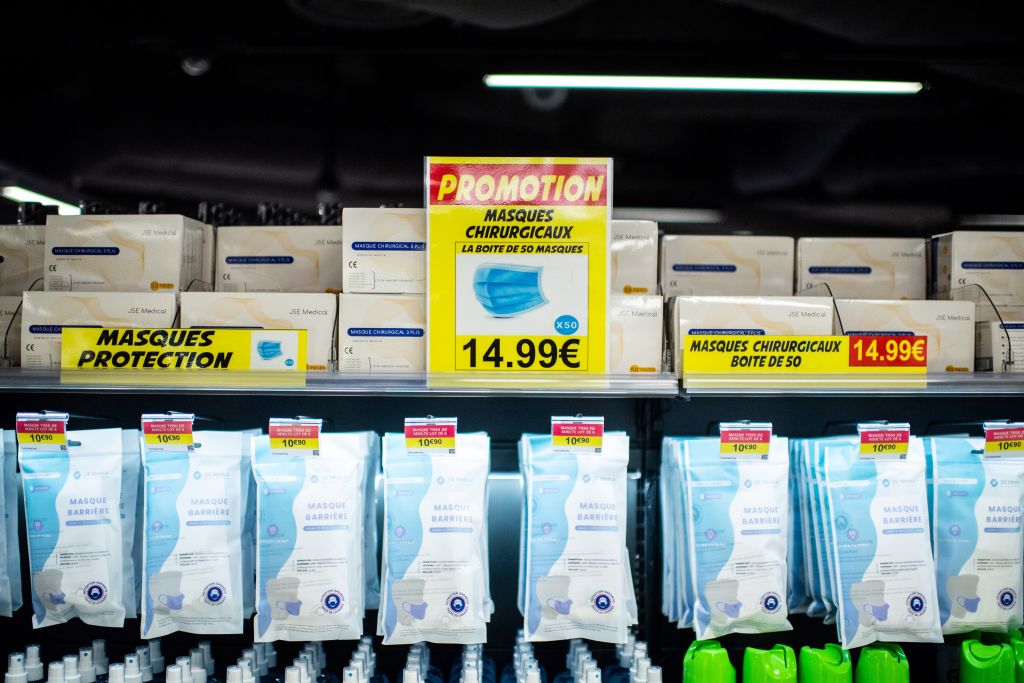
Source: MARTIN BUREAU / Getty
Foreign medical markets
Every individual and even every country has their opinion on how the US handled this pandemic. In the absence of a resounding agreement that we handled it well, foreign entities are becoming more hesitant to make deals with the US as it pertains to medical industries. Whether it’s for supplies or research, other countries don’t want to rely on us. They want to keep their experts in house, for fear of security breaches. As a result, countries are rolling out strict guidelines when it comes to US investment in these industries.

Source: Pattanaphong Khuankaew / EyeEm / Getty
A fast grab for ownership
Love MadameNoire? Get more! Join the MadameNoire Newsletter
We care about your data. See our privacy policy.
There is concern about global takeover, particularly by China. No country wants another country to fully own any one of its industries, so there has been a fast grab of internal stock ownership. Countries want to be the predominant stockholders in their national industries. There is an overwhelming sense of “What’s mine is mine” happening, as proven by Trump’s initiative to stop the export of American-made medical masks to Canada.
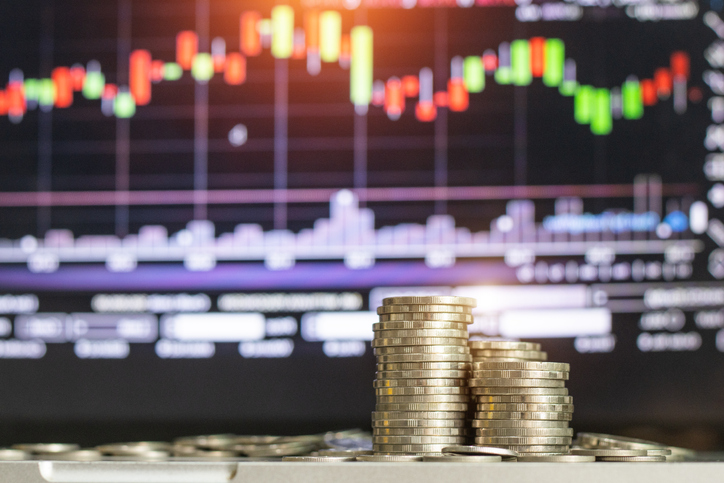
Source: krisanapong detraphiphat / Getty
A large limitation on foreign direct investment
If you hope to make foreign investments, know that you may be met with limitations, and even rejection. Canada, Australia, and India released new policies on Foreign Direct Investment. In most cases, foreign parties wishing to invest will go through a rigorous application process, and investors who are part of state-owned entities will face even stricter screenings.
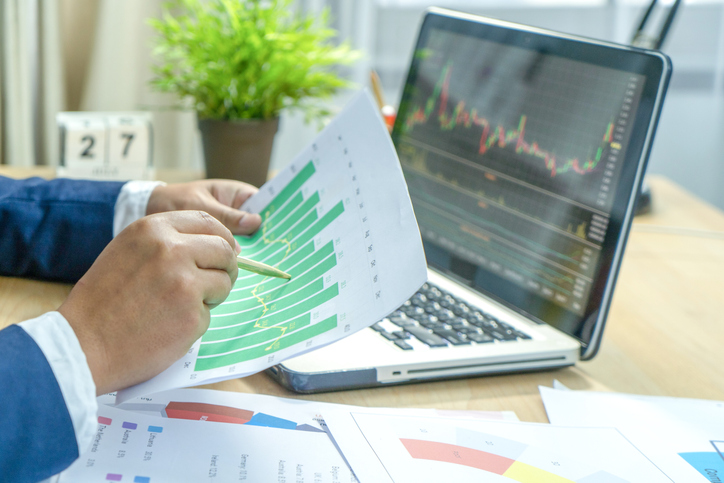
Source: boonchai wedmakawand / Getty
The US may lock it down more
The US was already particular about who they let invest in critical industries like healthcare and biotechnology, before the pandemic. They may lower the threshold on Foreign Direct Investments moving forward as a result of the pandemic. If you were hoping to direct your money into those industries, within the US, you might benefit from researching how these new FDI limitations will impact them.

Source: MediaNews Group/Boston Herald via Getty Images / Getty
What about travel and hospitality?
Travel and hospitality stocks took major hits at the beginning of the pandemic. Nobody wanted to go anywhere near a plane for a while or stay anywhere other than the safety of their homes. However, a financial expert reminds us that those sectors weren’t on the decline before the pandemic, so they could recover. It’s more brick-and-mortar retail sites, which were already suffering in the pre-pandemic world, that could see their ultimate demise.

Source: halbergman / Getty
Look at supply chain resistance
Supply chains are on the tongues of every economist right now. Global economies are shuttering at the thought that the fate of some of their most profitable products is in the hands of other places (particularly China). Experts bring up two major types of supply chains now. There is capital intensive, which requires a lot of money to keep moving. Cars and electronics are capital intensive. Then there are supply chains that can be remedied by labor arbitrage. Toys and apparel fall under this category. Industries that rely on capital intensive supply chains may take a while to recover, but those like apparel and toys can likely form a new, efficient supply chain, soon enough.
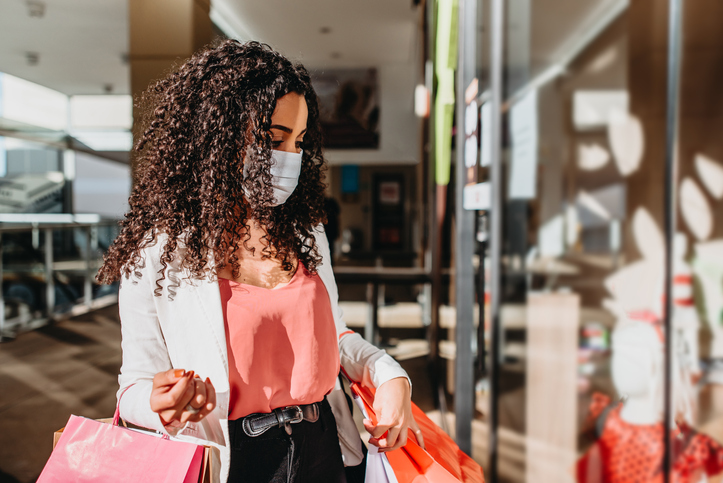
Source: andreswd / Getty
Online/physical hybrids thrive
Stores that have a hybrid online/brick-and-mortar model have been doing well. These include companies like Walmart, Home Depot, and Target. Unfortunately, those focused more on apparel are suffering. Kohl’s, for example, saw a significant drop in revenue during the pandemic. Other research has found that, when it comes to items like clothes, shoppers spend more money when they can go into a physical location, than when they shop online. But with fear of leaving one’s home on the rise, that means a decline for companies that rely on that in-person experience.

Source: Yulia Reznikov / Getty
Keeping more liquid
One investment trend happening is people are investing less. There is a growth of precautionary savings. People are keeping more of their cash, in case a resurgence of the infection causes more economic instability. Chris Browning, who was named a top African American financial Guru by Nerdwallet, says this instinct to build an emergency fund is a good idea.

Source: D-Keine / Getty
Put savings in a high yield account
When deciding where to store that emergency fund, Browning recommends a high-yield savings account. The rates on these could be around 1 percent now, which is slightly higher than traditional bank rates of .06 percent. While that rate is much lower than the stock market, a high-yield savings account is also much more stable than the stock market.

Source: alvarez / Getty
Don’t sell and buy based on emotions
Should you wait to invest until the economy bounces back after the pandemic? Should you keep an eye on the market, and invest only when it’s at its lowest, so you can profit from the rise? Browning says neither. He says you should invest consistently throughout the year. This is part of a strategy called dollar-cost averaging (DCA). DCA divides up and paces out investment funds throughout the year, to reduce the impact of volatility.

Source: Stígur Már Karlsson /Heimsmyndir / Getty
Technology is winning faster
This pandemic has accelerated certain trends that were already in motion before COVID-19. Some industries that were doing well pre-pandemic are doing even better now. Software companies that offer remote working solutions (think Slack or Teams) are seeing a rise. People need ways to work remotely, efficiently, regardless of geography. An investment in these areas could be a smart and, at this point, evergreen move.

Source: janiecbros / Getty
A focus on growth stocks
This may be the time to look at stocks that, while low now, have the potential to grow. They’re called, appropriately, growth stocks. Investors might consider an emphasis on these versus those with high value right now. Some money could also be dedicated to bargain stocks. When considering these, beware of stocks that have hit rock bottom in price. They could rebound in a big way, but they could also die entirely. It’s best to focus on reasonably priced stocks of items that aren’t doing well right now, but you know will always be around.
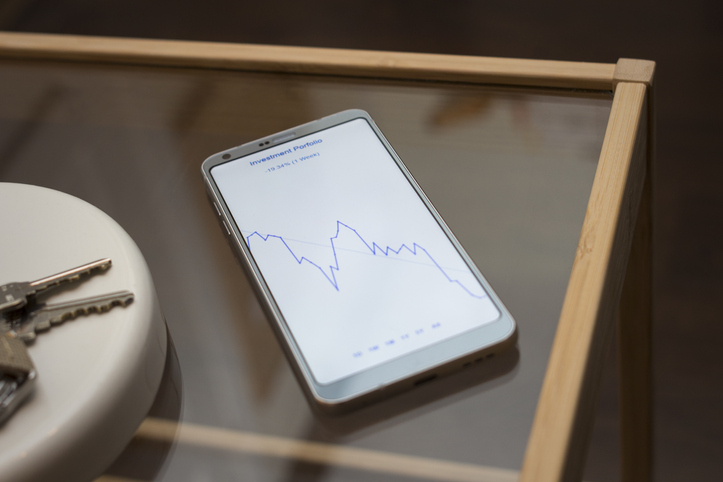
Source: Michael Raines / Getty
Resist the urge to day trade
“Never day trade with money you can’t afford to lose,” says one expert. Day-trading can be tempting when long term market trends are hard to predict. However, another expert says that this pandemic-related market fall will eventually be a blip on what was an overall increase. So don’t make spontaneous and emotional decisions, based on the realities of just today.
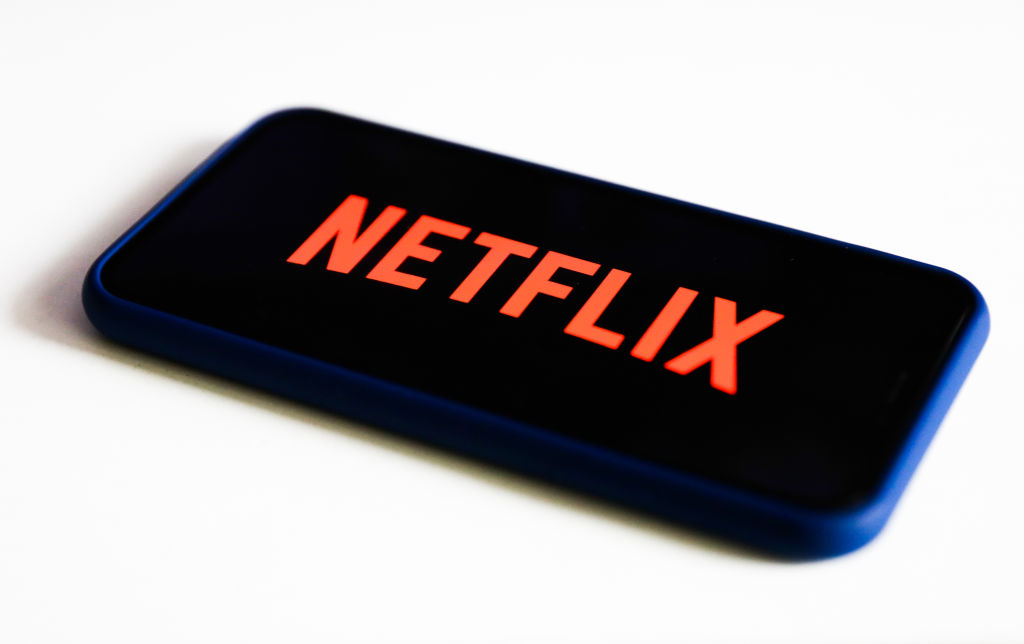
Source: NurPhoto / Getty
These tech companies thrived
As we mentioned, the pandemic accelerated some trends that were already in motion. The stocks of mega tech companies like Netflix, Google, and Facebook had a significant increase in 2020. Netflix saw a huge growth in subscriber numbers, which they detailed in a newsletter to their shareholders. Facebook’s stock value has doubled since March. Investors are recognizing the value in services that keep people connected and entertained.

Source: Surasak Suwanmake / Getty
A diversified portfolio is timeless
A common piece of wisdom seen across all sources was this: diversify. Keeping your portfolios diversified is always a good idea, pandemic, or no pandemic. In fact, the pandemic may be proof of the power of diversification. Those who were diversified before took smaller hits. Remaining diversified protects investors against the world’s next version of COVID-19 – whatever that may be. It’s nearly impossible to predict the market, as explained here, so it’s better to have a bit of money in several areas than put it all in one place, based on facts today, that could change tomorrow.
-

My Husband And I Attempted To Have A Creative Date Night At Home -Without A Babysitter - Here's How It Went
-

She Tried It: Ivy Park Drip 2 and 2.2 Black Pack
-

Vontélle Eyewear Founders Score History-Making Licensing Deal With Paramount
-

Our Health, Our Power: Debunking Myths And Taking Charge This Open Enrollment



